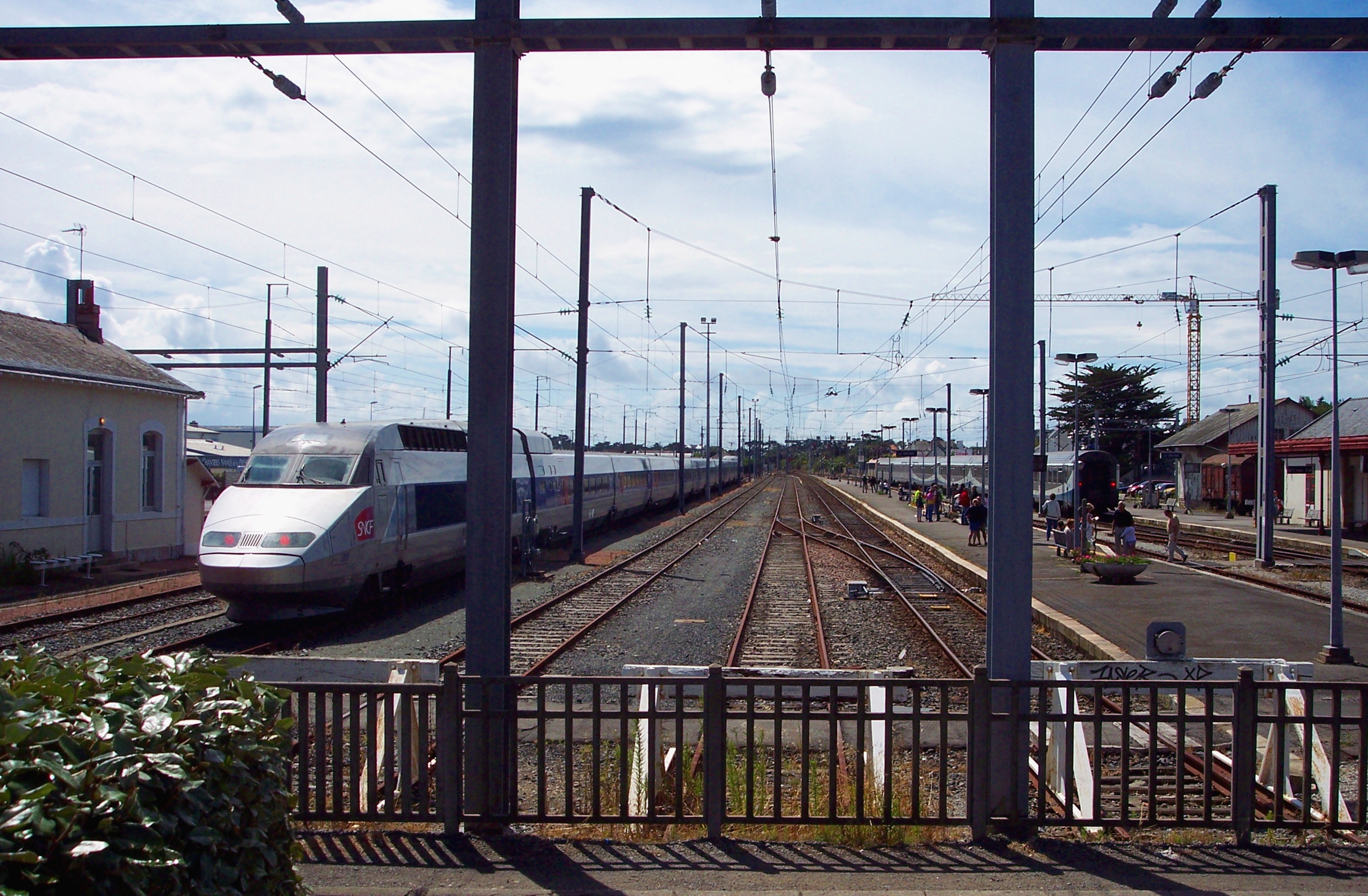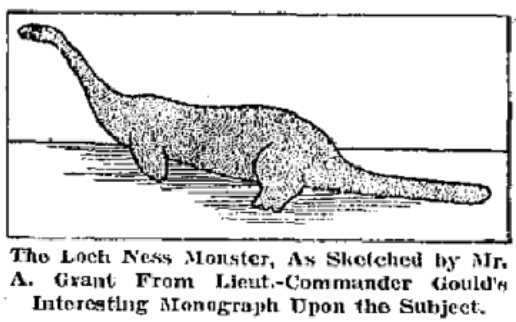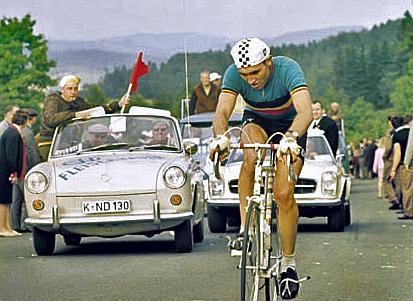|
Cyrille Guimard
Cyrille Guimard (born 20 January 1947) is a French former professional road racing cyclist who became a directeur sportif and television commentator. Three of his riders, Bernard Hinault, Laurent Fignon, and Lucien Van Impe, won the Tour de France. Another of his protégés, Greg LeMond, described him as "the best (coach) in the world" and "the best coach I ever had". He has been described by cycling journalist William Fotheringham as the greatest directeur sportif in the history of the Tour. Riding career Born in Bouguenais, Loire-Atlantique, Guimard rode as a junior, an amateur and a professional, on the road, track and in cyclo-cross. He was national champion in all three forms: road in 1967 as an amateur, track sprint in 1970 and cyclo-cross in 1976. The riders ahead of him in the 1970 and 1971 professional road championships were disqualified and the titles not given. He said: "After those in front of me were disqualified for failing the drugs test, the federation ... [...More Info...] [...Related Items...] OR: [Wikipedia] [Google] [Baidu] |
1973 Tour De France
The 1973 Tour de France was the 60th edition of the Tour de France, one of cycling's Grand Tours. It took place between 30 June and 22 July, with 20 stages covering a distance of . Eddy Merckx, winner of the previous four editions, did not start the 1973 Tour, partly to avoid angry French fans and partly to please his sponsor; instead he rode and won the 1973 Vuelta a España and the 1973 Giro d'Italia. In his absence, Luis Ocaña dominated the race by winning four mountain stages and two time trials. The end result being a margin of victory exceeding 15 minutes. In 1973, a new team classification was added: the team points classification, calculated by adding the three best stage rankings per team; it would be calculated until 1988. Teams The Italian teams did not join the 1973 Tour de France, because no top French cyclist rode the 1973 Giro d'Italia. The Tour started with 12 teams, each with 11 cyclists. The teams entering the race were: * * * * * * * * * * De ... [...More Info...] [...Related Items...] OR: [Wikipedia] [Google] [Baidu] |
Loire-Atlantique
Loire-Atlantique (; br, Liger-Atlantel; before 1957: ''Loire-Inférieure'', br, Liger-Izelañ, link=no) is a department in Pays de la Loire on the west coast of France, named after the river Loire and the Atlantic Ocean. It had a population of 1,429,272 in 2019.Populations légales 2019: 44 Loire-Atlantique INSEE History Loire-Atlantique is one of the original 83 departments created during the on March 4, 1790. Originally, it was named Loire-Inférieure, but its name was changed in March 9, 1957 to Loire-Atlantique. The area is part of the historical |
Jean Stablinski
Jean Stablewski (21 May 1932 – 22 July 2007), known as Jean Stablinski, was a French professional cyclist from a family of Polish immigrants. He rode from 1952 to 1968, winning 105 races as a professional. He won the national road championship four times - 1960, 1962, 1963 and 1964. He was also world road champion in 1962, and won the Vuelta a España in 1958. Biography Jean Stablinski was born in Thun-Saint-Amand in the mining area of the Nord department of France, the son of Polish immigrants. His father died in a work accident in 1946 and Jean, at 14, started working in the mine to provide income for his family. It was at this time that he won a bicycle in an accordion competition. Legend says that his mother was so displeased by her son's new hobby that she damaged his bike. Jean, still known as Stablewski, became naturalised as French at 16 and rode his first races. It was while riding the Peace Race that a journalist's error in writing his name 'Stablinski' created ... [...More Info...] [...Related Items...] OR: [Wikipedia] [Google] [Baidu] |
Cyrille GUIMARD
Cyrille Guimard (born 20 January 1947) is a French former professional road racing cyclist who became a directeur sportif and television commentator. Three of his riders, Bernard Hinault, Laurent Fignon, and Lucien Van Impe, won the Tour de France. Another of his protégés, Greg LeMond, described him as "the best (coach) in the world" and "the best coach I ever had". He has been described by cycling journalist William Fotheringham as the greatest directeur sportif in the history of the Tour. Riding career Born in Bouguenais, Loire-Atlantique, Guimard rode as a junior, an amateur and a professional, on the road, track and in cyclo-cross. He was national champion in all three forms: road in 1967 as an amateur, track sprint in 1970 and cyclo-cross in 1976. The riders ahead of him in the 1970 and 1971 professional road championships were disqualified and the titles not given. He said: "After those in front of me were disqualified for failing the drugs test, the federation ... [...More Info...] [...Related Items...] OR: [Wikipedia] [Google] [Baidu] |
Raymond Poulidor
Raymond Poulidor (; 15 April 1936 – 13 November 2019), nicknamed "Pou-Pou" (), was a French professional racing cyclist, who rode for his entire career. His distinguished career coincided with two other outstanding riders – Jacques Anquetil and Eddy Merckx. This underdog position may have been the reason Poulidor was a favourite of the public. He was known as "The Eternal Second", because he never won the Tour de France despite finishing in second place three times, and in third place five times (including his final Tour at the age of 40). Despite his consistency, he never wore the yellow jersey as leader of the general classification in 14 Tours (of which he completed 12). He did win one Grand Tour, the 1964 Vuelta a España. Of the eighteen Grand Tours that he entered in his career, he finished in the top 10 fifteen times. Early life and amateur career Raymond Poulidor was the son of Martial and Maria Poulidor, small farmers outside the hamlet of Masbaraud-Mérignat, whe ... [...More Info...] [...Related Items...] OR: [Wikipedia] [Google] [Baidu] |
Loch Ness Monster
The Loch Ness Monster ( gd, Uilebheist Loch Nis), affectionately known as Nessie, is a creature in Scottish folklore that is said to inhabit Loch Ness in the Scottish Highlands. It is often described as large, long-necked, and with one or more humps protruding from the water. Popular interest and belief in the creature has varied since it was brought to worldwide attention in 1933. Evidence of its existence is anecdotal, with a number of disputed photographs and sonar readings. The scientific community explains alleged sightings of the Loch Ness Monster as hoaxes, wishful thinking, and the misidentification of mundane objects. The pseudoscience and subculture of cryptozoology has placed particular emphasis on the creature. Origin of the name In August 1933, the ''Courier'' published the account of George Spicer's alleged sighting. Public interest skyrocketed, with countless letters being sent in detailing different sightingsR. Binns ''The Loch Ness Mystery Solved'' pp&n ... [...More Info...] [...Related Items...] OR: [Wikipedia] [Google] [Baidu] |
Bernard Sainz
Bernard Sainz, a.k.a. Dr Mabuse, (born Rennes, France, 1 September 1943) is an unlicensed sports doctor who achieved great success in horse racing and cycling. He was jailed for falsely practising medicine, particularly in cycle racing, and received other sentences for doping-related charges, which he consistently denied. Background Bernard Sainz began cycle-racing in 1958 when he was 15, riding a race on rollers. He won a bicycle as fastest rider. He joined the UC Créteil a club in the suburbs of Paris. One of his first training companions was Pierre Trentin, a future sprint champion. In 1964 he came third in the French students' championship in his home town. The winner was Jean-Marie Leblanc, who became a professional and then organiser of the Tour de France. He stopped racing after crashing in a motor-paced race on the velodrome at Grenoble Sainz first consulted a homeopathic doctor in 1956 after persistent sinusitis. Sainz said: Sainz says he studied for three years at th ... [...More Info...] [...Related Items...] OR: [Wikipedia] [Google] [Baidu] |
Eddy Merckx
Édouard Louis Joseph, Baron Merckx (, ; born 17 June 1945), better known as Eddy Merckx, is a Belgian former professional road and track bicycle racer who is among the most successful riders in the history of competitive cycling. His victories include an unequalled eleven Grand Tours (five Tours de France, five Giros d'Italia, and a Vuelta a España), all five Monuments, setting the hour record, three World Championships, every major one-day race other than Paris–Tours, and extensive victories on the track. Born in Meensel-Kiezegem, Brabant, Belgium, he grew up in Sint-Pieters-Woluwe where his parents ran a grocery store. He played several sports, but found his true passion in cycling. Merckx got his first bicycle at the age of three or four and competed in his first race in 1961. His first victory came at Petit-Enghien in October 1961. After winning eighty races as an amateur racer, he turned professional on 29 April 1965 when he signed with . His first major victo ... [...More Info...] [...Related Items...] OR: [Wikipedia] [Google] [Baidu] |
General Classification In The Tour De France
The general classification is the most important classification, the one by which the winner of the Tour de France is determined. Since 1919, the leader of the general classification wears the yellow jersey (french: maillot jaune ). History The winner of the first Tour de France wore a green armband, not a yellow jersey. After the second Tour de France, the rules were changed, and the general classification was no longer calculated by time, but by points. This points system was kept until 1912, after which it changed back into the time classification. At that time, the leader still did not wear a yellow jersey. There is doubt over when the yellow jersey began. The Belgian rider Philippe Thys, who won the Tour in 1913, 1914 and 1920, recalled in the Belgian magazine ''Champions et Vedettes'' when he was 67 that he was awarded a yellow jersey in 1913 when the organiser, Henri Desgrange, asked him to wear a coloured jersey. Thys declined, saying making himself more visible in ... [...More Info...] [...Related Items...] OR: [Wikipedia] [Google] [Baidu] |
Combativity Award In The Tour De France
The combativity award is a prize given in the Tour de France for the most combative rider overall during the race. Historically, it favored constant attackers as it was based on the distance spent in a breakaway, included winning checkpoints and outright stage wins. Today, the winner is chosen by a jury. Besides the overall winner, the jury also awards a combativity award to the most aggressive rider at the end of each stage, with this rider allowed to wear a red number the following race day. The 1981 Tour de France marked the last time the winner of the general classification also won the combativity award. History Since 1952, after every stage the most combative cyclist was given an award, and an overall competition was recorded. At the end of the 1956 Tour de France, André Darrigade was named the most attacking cyclist. At this point, the award was given the same importance as the award for the cyclist with the most bad luck, Picot in 1956. In 1961, the award was not given ... [...More Info...] [...Related Items...] OR: [Wikipedia] [Google] [Baidu] |
Green Jersey
In road bicycle racing (e.g. Grand Tour stage races) the green jersey is a distinctive racing jersey worn by the most consistent highest finisher in the competition. While the overall race leader in the Tour de France will wear the yellow jersey, or "maillot jaune", the green jersey ("maillot vert") will be worn by the leader in the points competition. Since 2009, the Vuelta a España has also used the green jersey to signify the leader of the points competition. In the Giro d'Italia, the green jersey was, from 1974 to 2011, worn by the King of the Mountains, the leader in the competition for climbing specialists. Classification guide The following events use the "green jersey" to signify the current leader and/or final winner of the overall classification by points (often known as the sprinters' competition): * Tour de France (known as the "maillot vert") (see also Points classification in the Tour de France) * Vuelta a España * Critérium du Dauphiné Libéré ... [...More Info...] [...Related Items...] OR: [Wikipedia] [Google] [Baidu] |






.jpg)
